
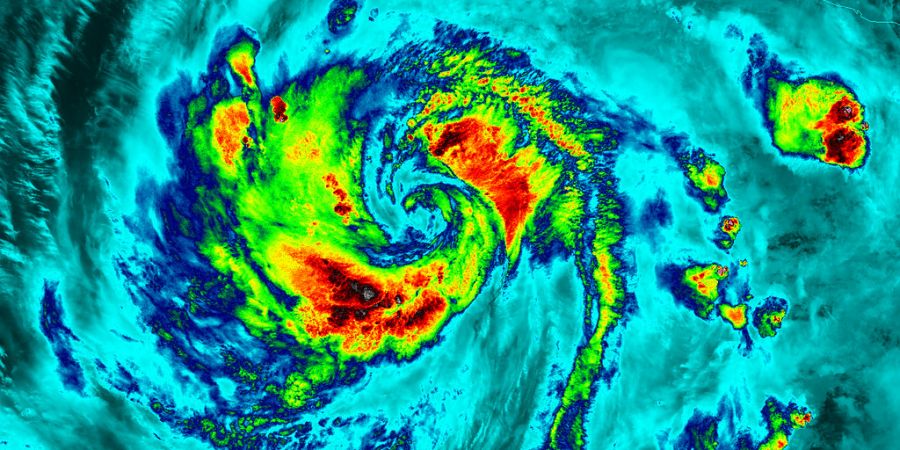
India is yet to face another cyclone just after Cyclone Tauktae cooled down over Rajasthan and adjoining Madhya Pradesh. A Tropical Cyclone Formation Alert in the Arabian Ocean issued on May 13. The next day, it started moving towards India, intensifying into a powerful one and eventually weakening into a low-pressure on May 19.
Less than a week after Cyclone Tauktae battered the west coast of India, another low-pressure system Cyclone Yaas has brewed over the Bay Of Bengal and set to enter West Bengal-Odisha coasts. For this month, cyclones are in trend over the North Indian Ocean. Let us understand them.
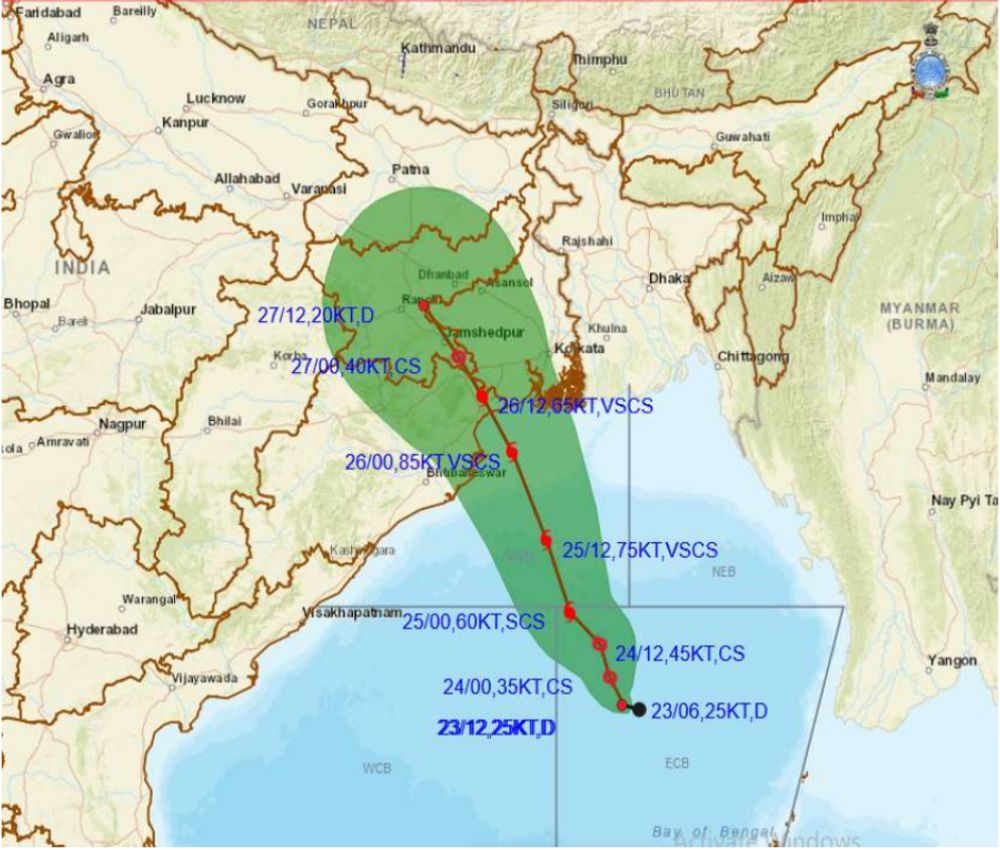
According to a dictionary definition, Cyclone is a violent wind that moves in a circle causing a storm. But it is a natural calamity that strikes as violent storms and severe weather conditions, caused by disturbances in the atmosphere leading to great devastation, and shatters everything in its wake. In meteorology, Cyclone is a large-scale air mass that rotates around a strong centre of low atmospheric pressure. It rotates counterclockwise in the Northern Hemisphere and clockwise in the Southern Hemisphere.
Cyclones have different names according to their place of origin. When they form over the North Atlantic Ocean and Northeast Pacific, they are known as Hurricanes. And Cyclones form over the South Pacific and the Indian Ocean. Typhoons form over the Northwest Pacific Ocean.
Cyclogenesis is a term used for several processes that lead to the formation of a cyclone. The process follows as :
• The warm-moist air rises upward from the ocean surface and causes an area of lower air pressure below.
• Air from surrounding areas with high-pressure pushes into the low-pressure area. This new cool air too becomes warm-moist and rises again. The cycle continues.
• The warm-moist air cools the water in the air and forms clouds. The whole system of clouds and wind, fed by the ocean’s heat, spins and grows.
• As the storm system rotates faster and faster, an eye forms in the centre. High-pressure air from above flows down into the eye.
Thus a cyclone forms.
Cyclones are categories depending on the strength of the winds produced. The five types are:
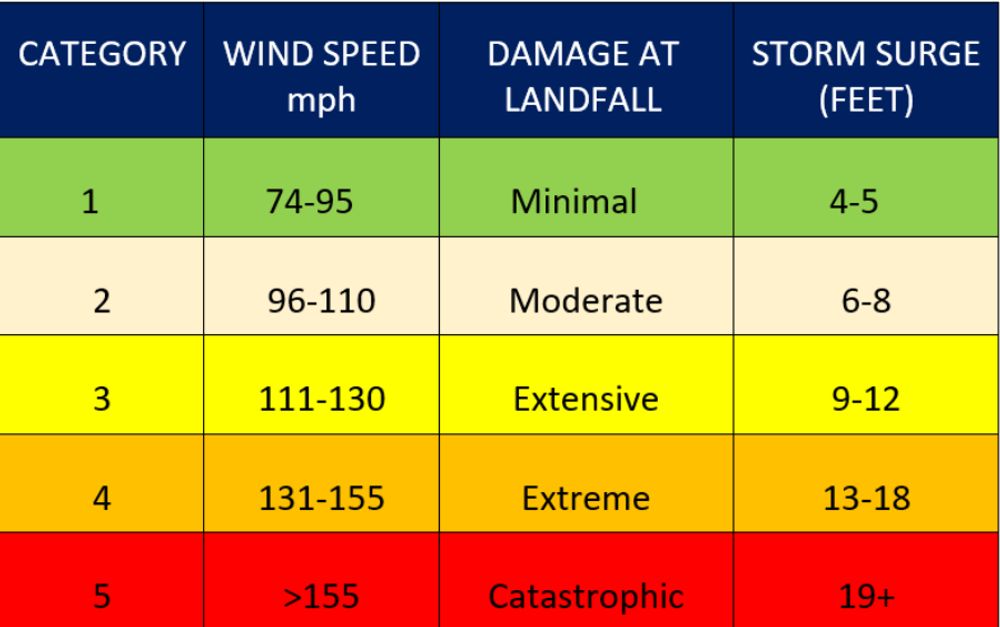
Cyclones induce heavy rains, storm surge, flooding, landslides and soil erosion resulting in devastating damage to the natural environment, human life and infrastructure. They demolish houses and buildings, shatter the forest canopy, and change the landscape of coastal areas. Many people lose their lives. Life after a cyclone is pathetic and take a lot of time to recover.
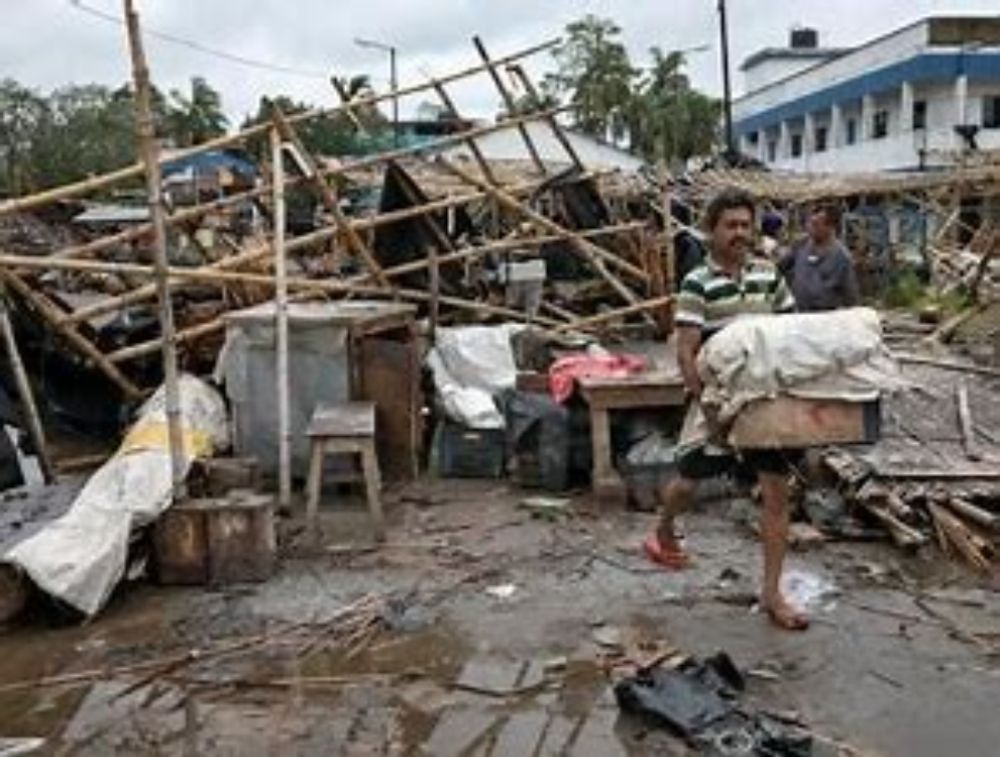
Cyclone Tauktae resulted in at least 169 deaths in India and left another 81 people missing. There were also five deaths reported in Pakistan. The storm displaced over 200,000 people in Gujarat. It also caused widespread infrastructure and agricultural damage to the western coast of India. Upwards of 40 people were lost at sea when their boats caught in it. Losses from Tauktae have estimated at Rs.15,000 crore or US$2.1 billion.
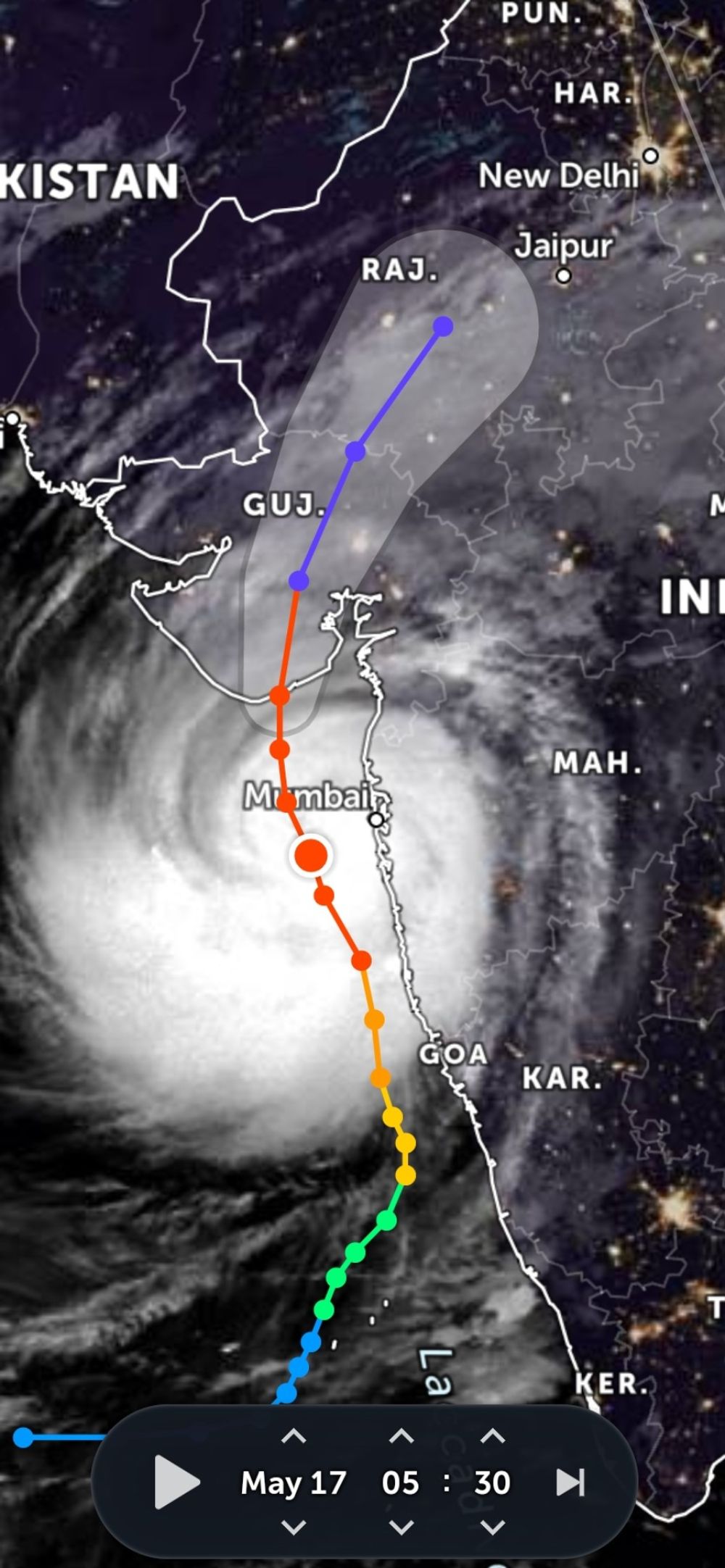
THANKS FOR VISIT🙏😊
PLEASE LIKE, FOLLOW, SHARE AND COMMENT✌✌






